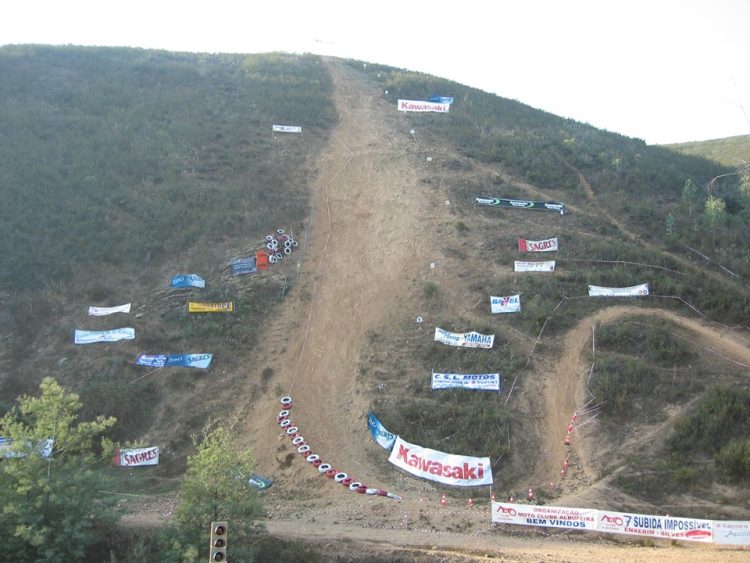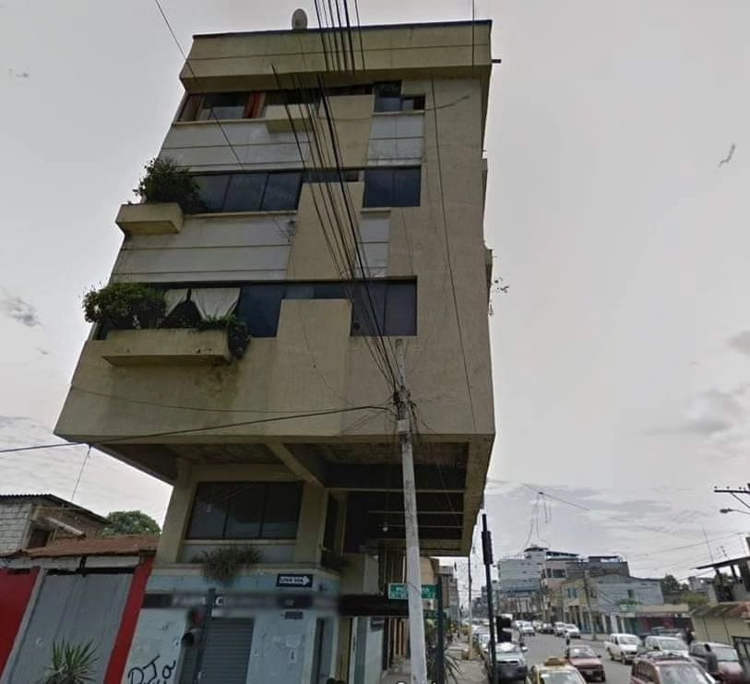Peter Bulow, a psychiatrist from Washington Heights, is just like any other New Yorker – he spends a chunk of his day commuting on the Subway. But unlike others who tend to doze off or are busy on their smartphones, Bulow prefers doing something much more creative and artistic – he sculpts. He has actually managed to convert the A-train into his own personal studio and his fellow commuters, into models. Armed with a blob of clay and a sculpting knife, he picks a subject and creates miniature busts of them. His completed works are usually stored in his violin case. Among several sculptures, you can find things like a school-girl on her way to a violin lesson, a macho guy with headphones, a couple snuggling, a woman wearing a fur collar, a few sporting dreadlocks and turbans.
Bulow started his unique Subway pastime about four years ago. “I had a long commute to work, so I thought it would be a good time to practice sculpting portraits,” the 52-year-old says. He has degrees in clinical psychiatry and art, and is a researcher at Columbia University. Not only is he an artist and a psychiatrist, but an immigrant and the son of Holocaust survivors. Born in India to a German father and Hungarian mother, Bulow’s sculpting days go far back into his childhood in Berlin when his uncle took him to the zoo and he made clay lions. Before his son Isaac was born, he would go to a stone carving studio after work. But now, he does it to and from work. So far, he has completed over 400 sculptures and he views them as portraits that help him “capture a moment in time.” Bulow feels a live connection with his subjects, especially because he has a fascination for people’s inner lives. He is so deeply moved by his art that he says, “When you look at a sculpture you feel all these emotions, but it’s not the sculpture that’s doing it; it’s you. It interests me how art affects the brain.” In fact, he is so much into sculpting miniature busts that he is writing a book in which he is attempting to connect all the portraits he’s made with his research in neuroesthetics (how the brain interprets music and art).

Read More »





















